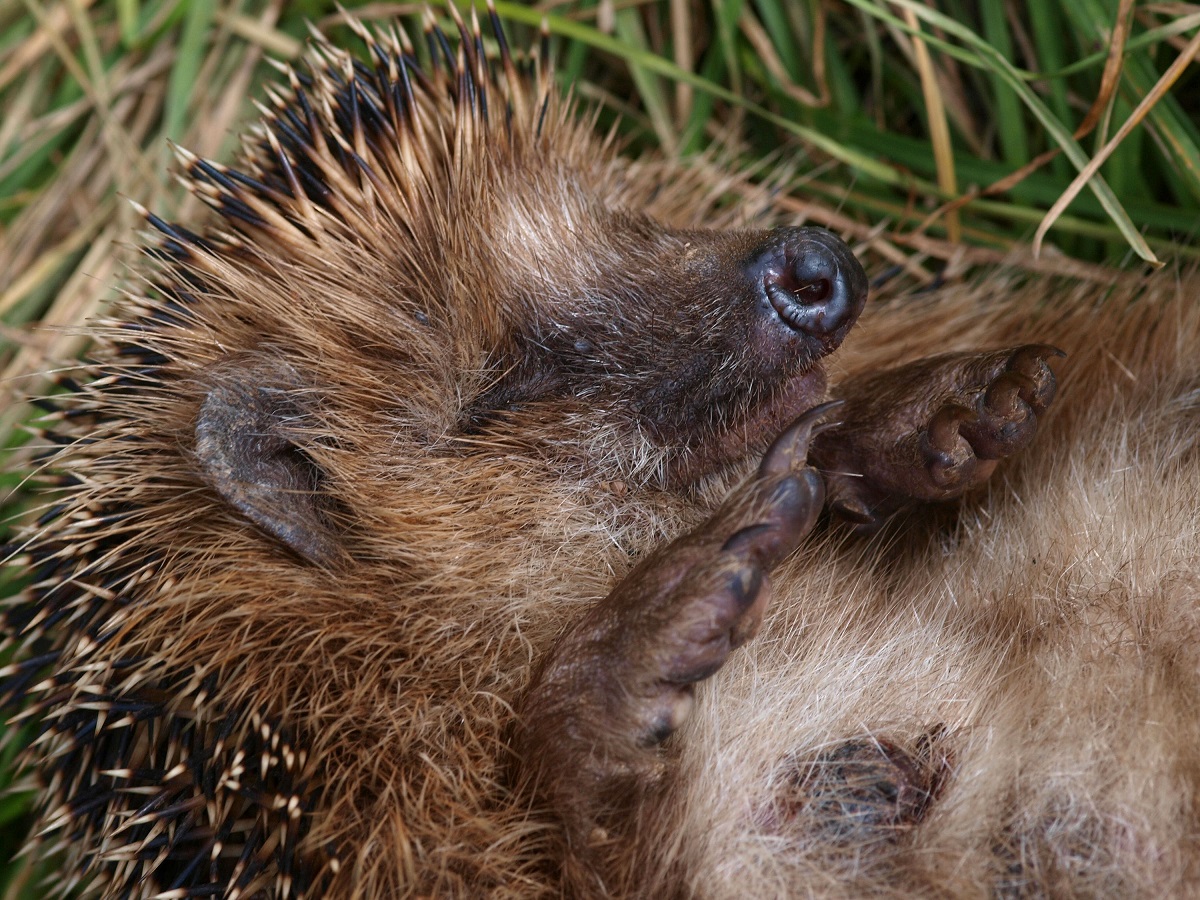Winter is a time when wildlife needs an extra helping hand, to ensure that birds, hedgehogs and other visitors to the garden make it through the colder months.
The extreme weather, lack of food and changes in sheltering habits can all play a part and make this time of year tricky for the animals living outdoors – but what’s the best way for helping wildlife in winter?
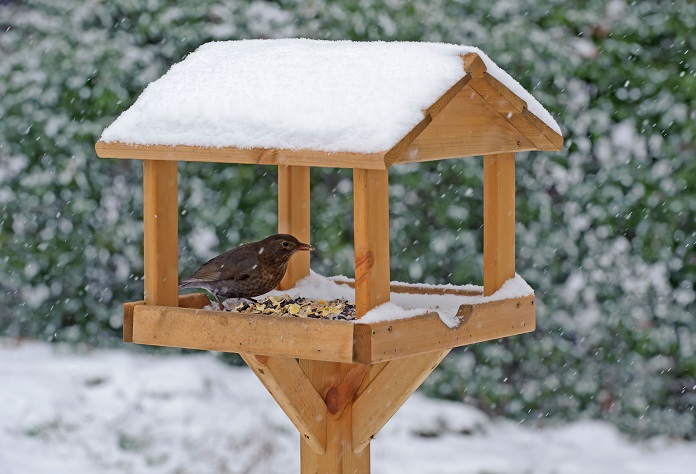
Here are eight ways of helping wildlife in winter…
1. Keep bird feeders and baths topped up
Many birds lose 10 per cent of their body weight overnight in cold weather and expend a lot of energy flying to feeders. Keep your bird feeders and baths topped up so they don’t have a wasted journey.
Provide them with a variety of foods, from seed and suet to fruit, dried mealworms and grated cheese. Avoid anything salty like salted peanuts and lose the net strings that fat balls come in as birds can get their feet and beaks stuck in them. Don’t put out cooking fat or vegetable oil, which don’t agree with birds.
There are lots of tips for helping wildlife in winter in this video and on the RHS website.
Sit feeders or nest boxes at a high level, to make them less accessible to cats. There are many seed mixes on the market, but avoid those which contain a lot of wheat. They appeal chiefly to pigeons.
Looking for a highly-rated seed mix for birds? Try the Seedzbox Ultimate Deluxe Wild Bird Seed and Nut Feed Mix – available on Amazon.
Finches and tits go for sunflower seeds, while blackbirds and thrushes love fruit and berries including pyracanthas and cotoneasters. Blackbirds enjoy dried fruit, such as sultanas.
2. Be berry aware
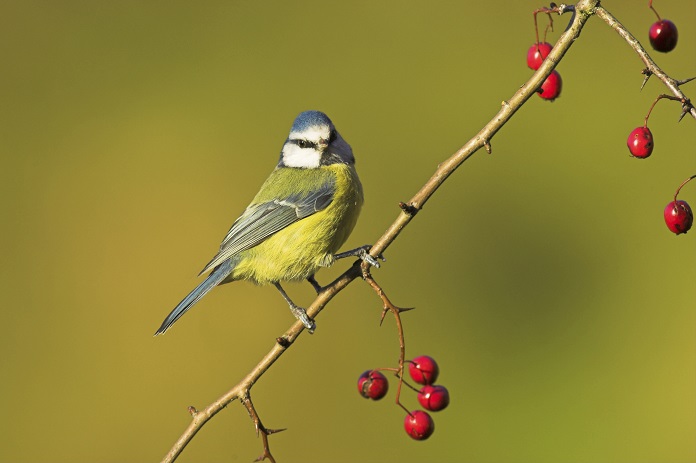
Birds rely on berries and seeds to keep their food supply up during the winter months, so if you are using berries for Christmas decorations and have netted them for protection, consider leaving some berries for the birds as well.
3. Rotten wood is good
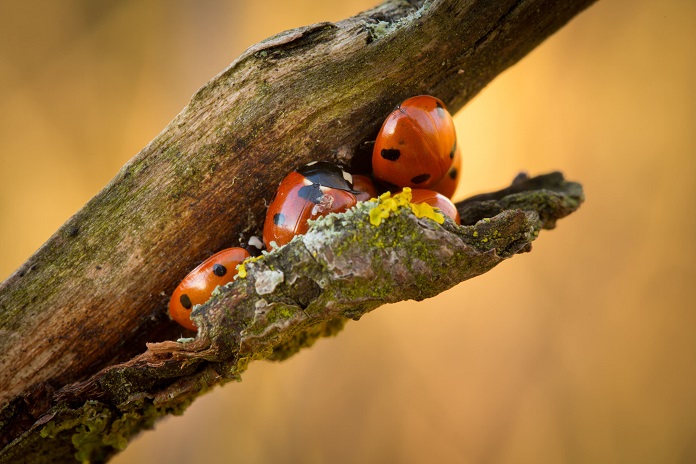
After autumn pruning, don’t dispose of all your rotten wood and bark. These provide much-needed shelter for many overwintering insects including ladybirds.
4. Feed the bees
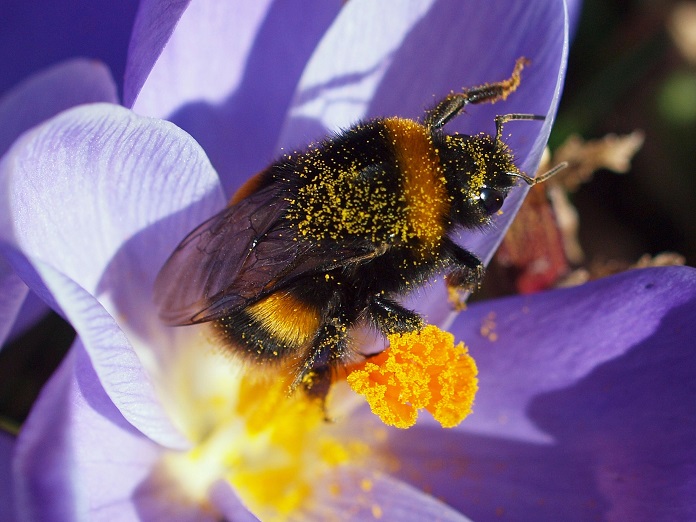
Occasionally, bees will emerge from their winter hibernation on milder days. Treat them to a 50:50 sugar and water solution. Certain kinds of bumblebee, including the buff-tailed bumblebee, are seen in winter gardens on sunny days. Choose a sunny spot for plants which are nectar-rich including the stinking hellebore and winter-flowering heather.
5. Keep areas untidy
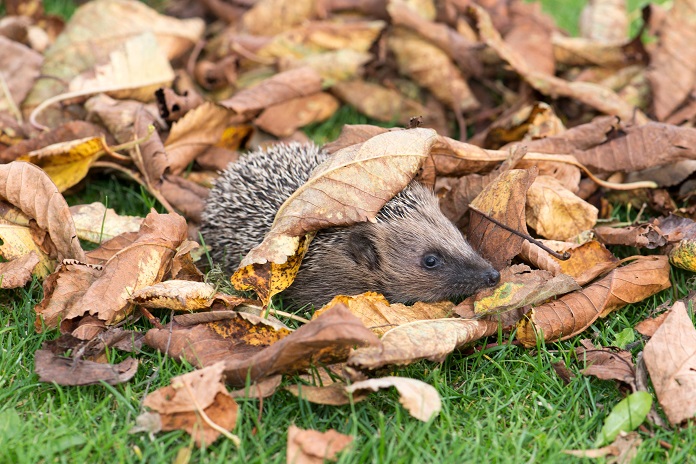
Don’t worry too much about sweeping up all the leaves because they can provide shelter for a range of mammals and insects. Among the best hiding areas is under hedges, which should remain dry and relatively warm.
Pests including slugs and snails often hide under leaves or other garden debris, providing tasty morsels for birds, frogs and hedgehogs.
6. Don’t let ponds freeze over
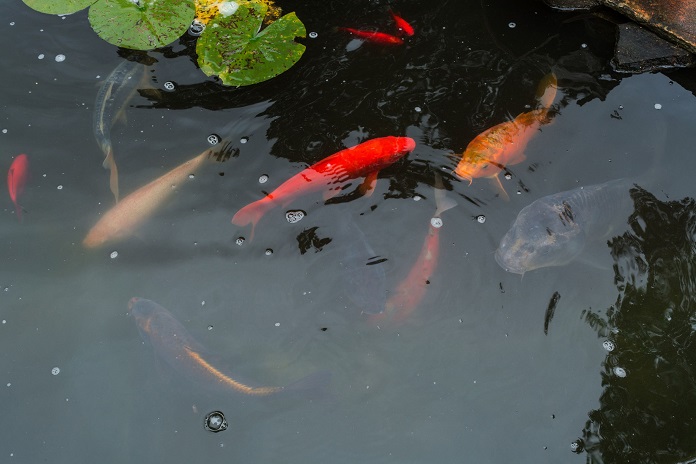
If you have fish, they need oxygen to survive – and when a pond freezes over it dramatically reduces oxygen content. Try sticking a tennis ball on the surface of your pond to stop it freezing.
If it does freeze, get a pan of boiling water and place the pan carefully on the ice so that it gradually thaws to make a hole. Place old roof tiles and logs in sunny spots near the pond to give shelter to frogs and toads.
7. Look after insects
While many insects hibernate in the winter, occasionally on sunny days some will emerge from their slumber in search of pollen. Good sources include ivy, which flowers in winter, and mahonia, which produces clusters of sweetly-scented zingy yellow flowers from November to March.
Butterflies and moths overwinter as pupae or caterpillars in long grass or at the base of plants, or even just below the soil. Keep your grass as long as you can stand. Also, don’t cut back all of your perennials as other insects including spiders may take refuge in the hollow stems.
8. Help hedgehogs
In mild winters, hedgehogs can remain active in the garden through November and December. If hedgehogs are hibernating in your garden, just be aware that they may have found refuge in your compost heap, so be careful when turning it.
While their general diet consists of slugs, worms, beetles and caterpillars, in cold snaps the number of insects and pests will be much more scarce. Give hedgehogs extra food such as meat-based wet dog or cat food, hedgehog food or cat biscuits. They will also need a shallow dish of fresh water. Don’t give them milk, as they are lactose-intolerant.
You might also be interested in…























































